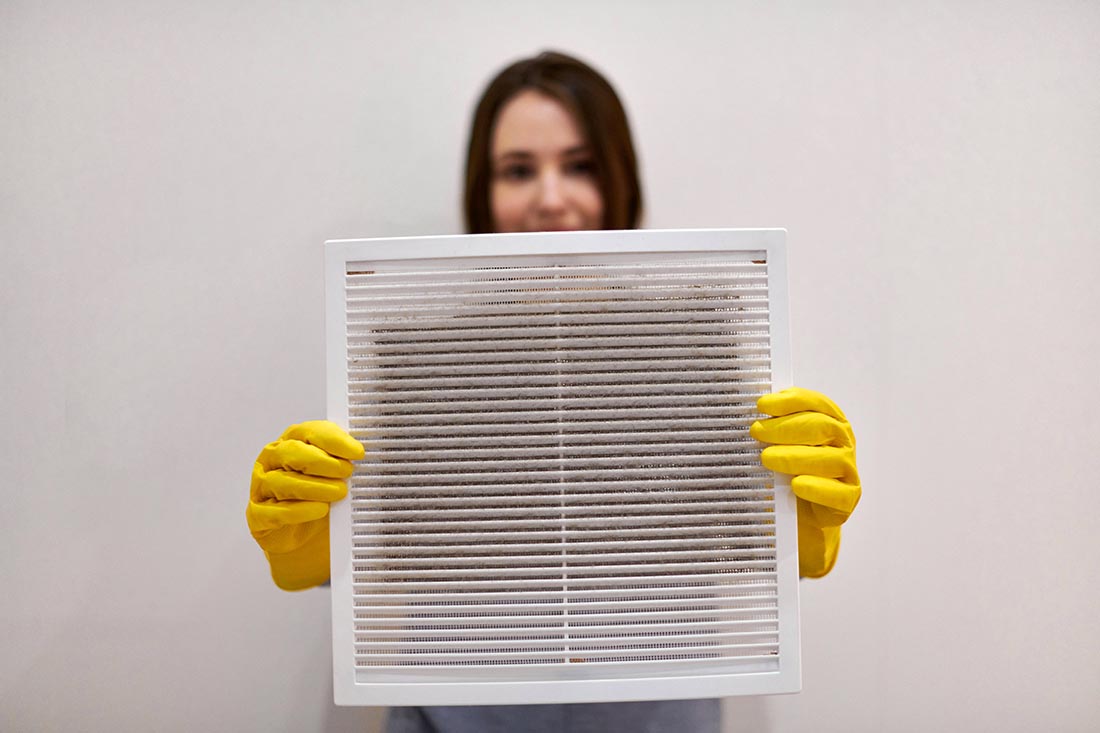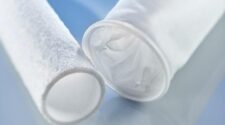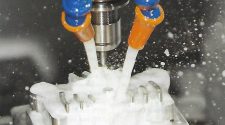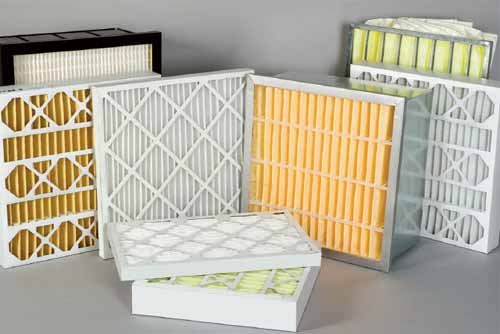One aspect of starting a new position is explaining to family, friends, and former colleagues what it is that the new position entails and it’s been no different when I joined INDA a number of weeks ago. After explaining what a nonwoven fabric or material is compared to woven or knit materials, the next question is inevitably, “what are these used for?” Examples ranging from ultrasoft hygiene components meant to be used once, to housewraps designed for decades of use, to everyday use wipes, to the mask and filter components for air and water quality, will result in an epiphany as to how ubiquitous and varied nonwovens are. Almost immediately the next questions are of the “oh, so like _________”, “can you make aspect X, Y, or Z better,” “oh, I’ve heard that this or that product is bad for the environment,” and my favorite, “I saw this video that said such-and-such about these products.”
All of these scenarios present an opportunity to provide some technical education, dispel misinformation being circulated either online or via word of mouth, and act as advocates for our industry. This month’s column will review a few of these myths, some serious and potentially dangerous and some that are just a bit absurd.
Let’s Talk Dirty Little Filters
While it’s true that, at least initially, particulate capture efficiency may increase as buildup begins on a filter surface, the overall functioning of the system (HVAC, motor, etc.) must be considered as well. Once significant build-up commences, the increased pressure-drop will cause the system to work harder and potentially outside of its design space. Additionally, as noted by the International Association of Certified Home Inspectors, as build-up of particulate progresses and pressure drops increases, the risk of filter blowout rises due to failures of weaker areas of the filter media.
It was advised in recent years by Texas utilities that dirty filters cause HVAC systems to work harder and consume more electricity, with obvious implications to public utility supply reliability. The Energy Resource Center of Colorado provides this guidance, “Clean or replace your furnace filter regularly. … It’s the single thing you, as a homeowner or renter, can do simply and cheaply to make the biggest difference in winter heating expenses.” So, while it is technically correct that filters will initially filter better as airflow passages are occluded, the overall impact of clogged or dirty filters is detrimental to the performance of the HVAC system.
To address the question of whether a dirty filter or no filter is better for your furnace or HVAC system, the simple answers are as follows.
While it is often technically possible to operate HVAC without a filter is it highly advised to operate with a filter in place, whether clean or dirty.
If the only filter option is a dirty filter, some HVAC manufacturers and servicers recommend considering removing the filter (while the system is off) and brushing or shaking to partially clean the filter until a new, clean filter can be installed.
The risks of operating without a filter go beyond poor air quality and include allowing damaging build-up on HVAC components, lower efficiencies, system damage, and in extreme build-up cases risk of fire. The conclusion for this question is solidly that a filter should ALWAYS be in place, regardless of condition.
Cleaning Air
Growing up in the aftermath of the 1973 oil embargo, I recall the strict guidance about the need to change oil and air filters to maintain good fuel economy, so I wasn’t particularly surprised when asked this question. Improvements in oils and filters has led to increased mileage between recommended changes, but what about air filters?
Apparently, the answer somewhat depends on the age of the vehicle and, more specifically, whether it is fuel-injected or carbureted.
A 2009 study conducted by Oak Ridge National Laboratories demonstrated that for passenger vehicles with fuel-injected engines with closed loop control, there was no noticeable decrease in fuel economy as the air filter became more clogged. For a carbureted engine with open-loop control, severe clogging did result in minor loss of fuel economy. It should be noted that despite this, “acceleration performance on all vehicles was improved with a clean air filter.”
In 2013, SAE International conducted a similar test on turbo-charged diesel engines and found similar results to the ORNL study. “The effects of clogged air filters on the fuel economy, acceleration, and emissions of three late model turbocharged diesel-powered vehicles were examined. The results reveal rather low sensitivity of these modern diesel vehicles to air filter condition.” For modern vehicles, it appears that fuel efficiency is largely unaffected by a dirty air filter. As to recommendations on air filter change frequency, it is generally recommended to following manufacturer guidance for preventative maintenance.
Masking the Issue
In the early days of the COVID-19 pandemic, this question was asked with some frequency. The Mayo Clinic debunked this concern in July 2020, noting that “for many years, health care providers have worn masks for extended periods of time with no adverse health reactions. The CDC recommends wearing cloth masks while in public, and this option is very breathable. There is no risk of hypoxia, which is lower oxygen levels, in healthy adults. Carbon dioxide will freely diffuse through your mask as you breathe.”
Digging deeper for an answer with supporting clinical data pertaining to the biological effects of wearing facemasks found in general that there were not meaningful changes in blood oxygen saturation and certainly not to the level necessary to result in hypoxia. More to the point regarding CO2, in the 2021 special COVID-19 edition of Aerosol and Air Quality Research it was determined that the concentration of CO2 breathing zone insides masks (cloth, surgical and N95) was elevated versus concentrations outside of the masks, but that “these concentrations have no toxicological effect when inhaled.” Most studies have included the caveat of being relevant to healthy individuals.
A study presented in the Annals of the American Thoracic Society considered impacts of masks on individuals with severe COPD that are more susceptible to CO2 retention. It was observed that there “was a small drop (<1% from ~95-100%) in oxygen pressure/tension in this group, expected based on their disease severity, but not a rise in Pco2 after walking.” Putting the small drop of oxygen saturation into context, researchers from the Royal Australian College of General Practitioners note that when people “fly from Melbourne to Sydney in a partially pressurized aircraft, it’s routine for our oxygen saturation levels to drop below 90,” which is below than the levels noted in the ATS study. While there continue to be further larger studies on this topic, for now the answer appears to be that yes, the local breathing environment inside of a mask is more CO2 rich, but it is irrelevant biologically.
Grounds for Filters – Two Considerations
For connoisseurs of the bean, a coffee filter is really only suitable to remove particulate or sediment and won’t remove unpleasant flavor molecules. Wine Spectator’s Dr. Vinny column suggests that an unbleached coffee filter can be used to remove sediment while decanting in situations when it’s not possible to due in a more controlled fashion. This, however, does nothing to address improving the quality of a harder spirit, which is where the charcoal water filter myth comes into play.
The theory is that by running a very bad vodka through a charcoal filter, it will come out smoother. This comes from the “Lincoln County Process” of charcoal filtering Tennessee whiskey, which is marketed as producing smooth for sipping. This process was explored by Emily Bell of Vinepair.com and reported by Food And Wine magazine in 2017. I have omitted the more colorful descriptions of the taste-tests, but they were generally unflattering and indicated that, while there might be modest improvement in taste of lower cost vodkas, even repeated passes through home water filters resulted in a vodka that was leagues behind the expensive stuff.





![Figure 1: Heat Exchanger Proventics GMBH.[22]](https://www.filtnews.com/wp-content/uploads/IFN_2_2024_crimpedmicrofiberyarns_Fig.-1-Heat-exchanger-225x125.jpg)





